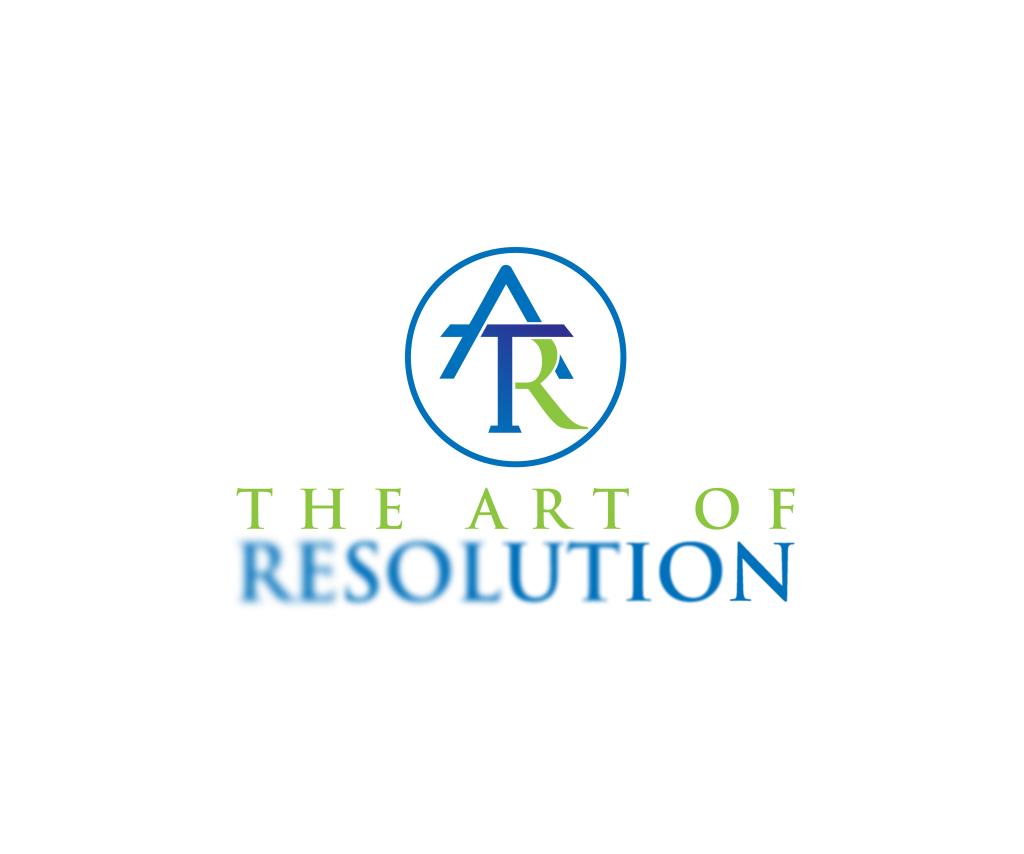At varying speeds, courts across the country are starting to reactivate trial calendars. This process is substantially easier for bench trials, and a number of them have already been conducted by video. The first one handled by Zoom, a five-week patent infringement trial in the Eastern District of Virginia, proceeded with few hitches. Both counsel and the court seems pleased with the process and did not observe any appreciable delay as a result of the format. I thought Judge Morgan’s comments were fascinating, in that he believed his credibility assessment during trial was actually helped, not hindered, by video. As reported by Law360:
U.S. District Judge Henry Coke Morgan Jr. of the Eastern District of Virginia told the attorneys that “I think the format worked very well,” and thanked them for their cooperation in making the unfamiliar setup work. While the trial did take a long time, the judge said that was because it “involved very complicated and important technology,” not because conducting it over videoconference caused delays. He said that his “ability to evaluate the credibility of the witnesses was probably improved by the format,” since he wasn’t distracted by anything else happening in the courtroom and could focus on the witnesses and ask them questions as they testified remotely. “I think we’re going to see a lot more evidence presented in this format,” Judge Morgan said. “Maybe not a full trial, but there’s no reason why you couldn’t have a full trial. I believe having the witnesses testify live is more effective than watching a video.”
When it comes to jury trials, however, the variables to consider are far greater, and our data points, fewer. In Kentucky, an eight-week drug trafficking trial already underway in federal court when COVID-19 shutdowns began, continued to its conclusion. One of the jurors wore a mask, and several sat outside the jury box to observe social distancing. But that trial was the exception, and since then, virtually every jury trial at the federal level has been continued, or not calendared at all, pending each district’s evaluation of how to most safely conduct them.
The logistics alone of ensuring appropriate PPE and screening, bringing in the venire, conducting jury selection, and then managing the space and interaction of the jurors through each day of the trial and during breaks, are daunting. On this topic, I just reviewed the initial report of Jury Subgroup of the federal judiciary’s COVID-19 Judicial Task Force. Most of its sixteen pages deal with those logistics. But on top of those, there are going to be a set of concerns about how the coronavirus, and those measures themselves, affect deliberations. The report touches on some of them: how jury members, wearing masks themselves, will view attorneys who may not be wearing masks; the need to avoid too much separation of the jury from one another during breaks and the formation of “factions and coalitions;” and the potential for objections from the lawyers “based on an inability to read jurors’ expressions in response to testimony, evidence, objections,
Not addressed, but certainly important, are the myriad ways in an individual trial that COVID-19 will have impacted parties, and the concerns some witnesses will have about appearing at all. How testimony is presented, whether live and by video, and dealing with witness reticence, will need to be decided on a case-by-case basis. Jury instructions will need to be updated and revised, perhaps to include instructions explaining social distancing and other COVID-19 measures, and taking on any potential resulting prejudice or assumptions on the part of jurors. Pretrial orders and motions in limine are other ways to raise and address these issues, and I expect that courts will be appreciative of counsel who consider practical and creative suggestions for dealing with them.
The public also has to have access to proceedings, and there are myriad benefits to open access and scrutiny of all aspects of trial, beginning with voir dire. The Jury Subgroup report suggests live-streaming the trial into an adjacent courtroom or other space (the area outside the courtroom could be used); while possible and probably necessary, given the number of interactions in any trial — lawyer and judge, lawyer and witness, sidebars, arguments to both judge and jury, that is an imperfect alternative. But it is one we will need to make work.
And generally, as we move forward, each new trial is going to be a laboratory for bench and bar. The Jury Subgroup’s report rightly observes that not all recommendations will fit every judicial district or trial, but after some degree of initial experimentation, I think that some standard practices will emerge. To move that process forward, and to help maintain the strength and viability of our jury trial system, we all need to be observant, open-minded, and, in sharing what we learn in our own trials, collaborative.
